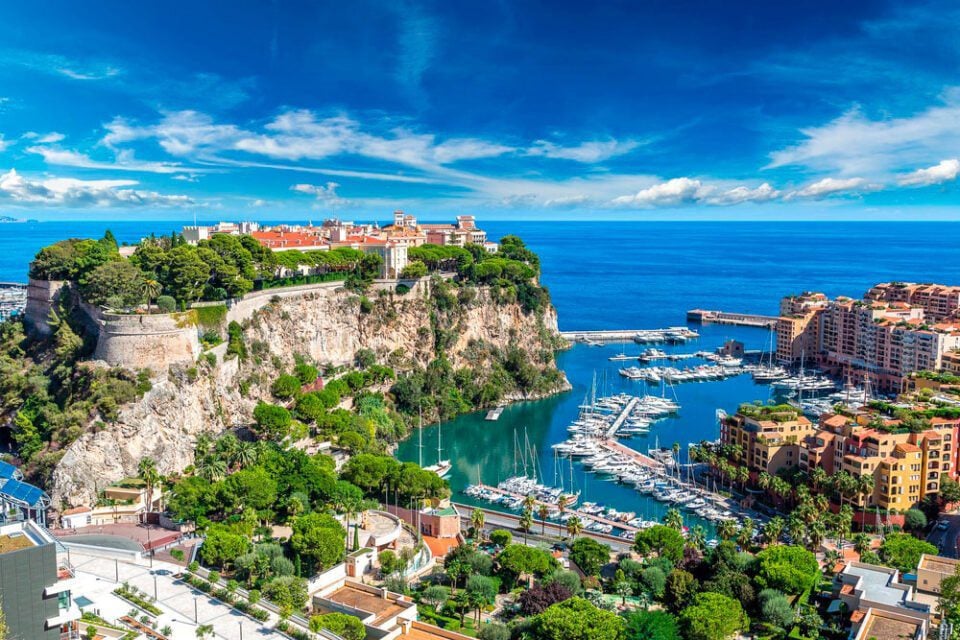The Principality of Monaco is small, yet it has many attractions. Tourists come here for various reasons. Some come to play at the Monte Carlo casino, others to relax on the beautiful beaches, and some to participate in fashionable gatherings where you can meet celebrities. Let’s imagine you find yourself in the principality in transit. What to see in Monaco in 1 day independently?
Larvotto Beach
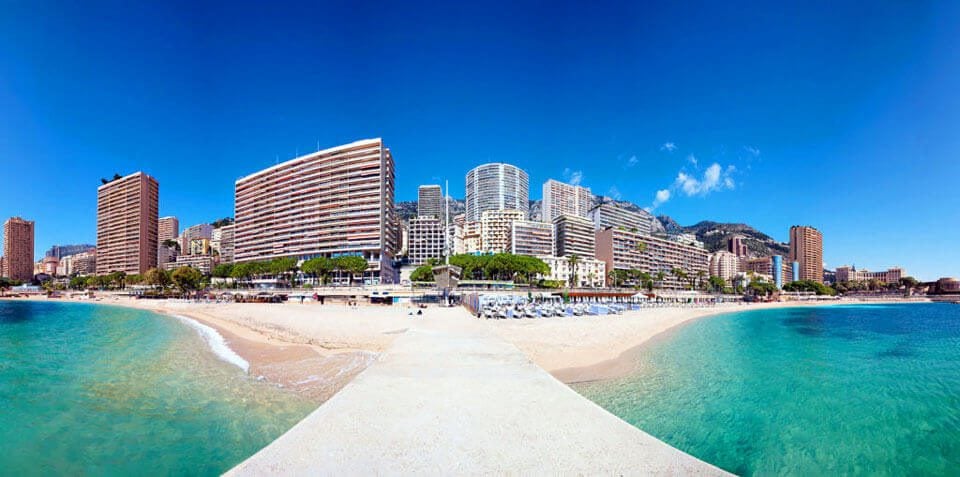
This beach is one of the most popular. It is located in Monte Carlo. Both those who come to play in the famous casinos, showbiz stars, and ordinary tourists sunbathe here. The white sand remains clean as garbage is collected several times a day. There are no jellyfish or other sea creatures in the water due to special nets. You can also find numerous restaurants here that offer seafood dishes with various sauces and garnishes.
There are many private sections on the beach, which require a fee to access. However, there is also a free public area that anyone can use. However, there are no sunbeds or umbrellas; you need to bring your own mats and necessities. There are enough toilets and changing rooms, though. The climate is very pleasant with summer temperatures rarely rising above +30°C, and the water warms up to +25-26°C. The beach is very popular, and it is always crowded.
New National Museum of Monaco
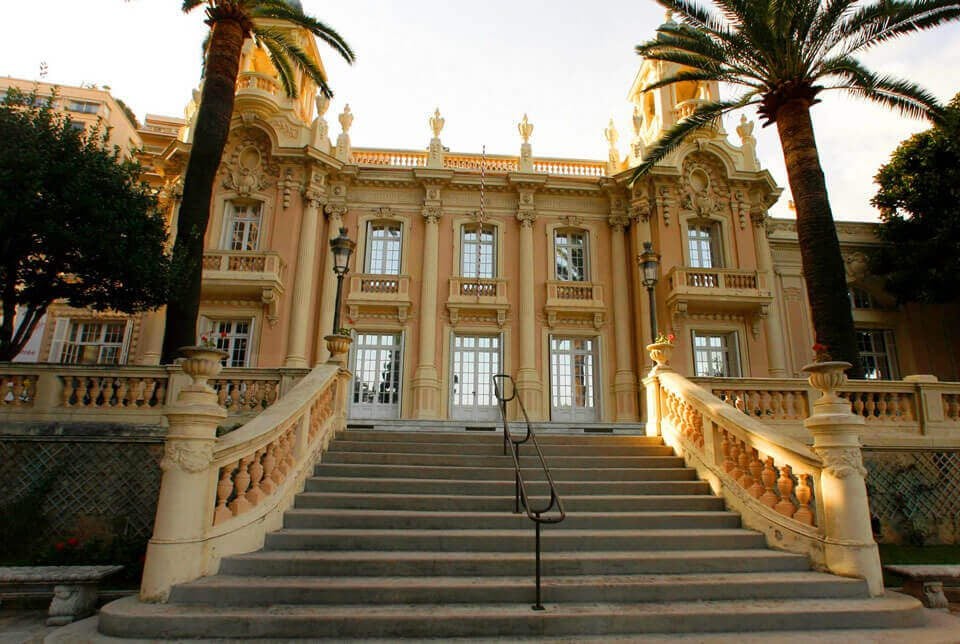
In the museum, you can see cultural values inherited by the Principality of Monaco, as well as contemporary works of art. Exhibitions are housed in two villas. Villa Paloma came about thanks to an American, Edward Dickerson, who bought land here in 1913. Over the years, the building changed owners several times. During World War II, the villa was heavily damaged and was repaired in 1950 by new owners, the Fissore couple.
In the mid-1990s, it became state property, and in 2008, the museum opened. The villa remains one of the most beautiful houses in Monaco, with its stained glass windows being particularly noteworthy. Paloma is open daily from 10 AM to 6 PM, except on holidays. Part of the collections is housed in Villa Sauber. Additionally, there is a luxurious garden awarded the “Eco-friendly Green Spaces” mark. Here, roses, citrus trees, and various exotic plants grow.
The villa got its name in 1904 when it was bought by the artist Robert Sauber. In 1969, it became national property. For a long time, it housed the Madeleine de Gallea doll and miniature exhibition. Today, temporary exhibitions are held here. Visiting the museum will bring great pleasure to Monaco’s guests. You can see many interesting exhibits, and there’s also a chance to walk through the luxurious gardens.
Japanese Garden
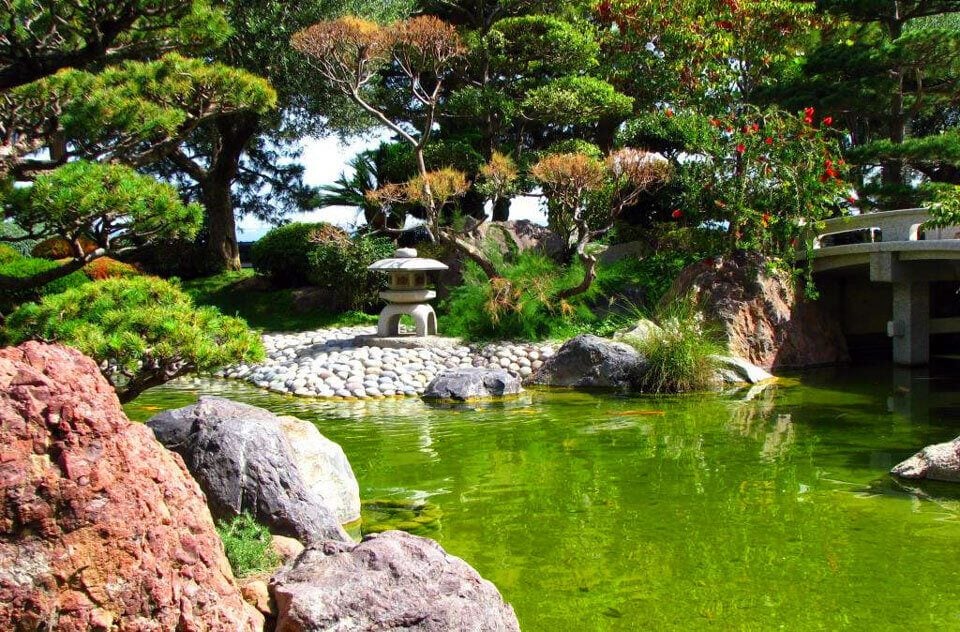
An amazing garden that’s hard to forget. It is located right in the center of urbanized Monaco, on the Mediterranean coast. Around it is a noisy city, but here is a sanctuary of silence and peace. The garden was created by order of Prince Rainier III in memory of Princess Grace Kelly, who tragically died shortly before. Grace dreamed of seeing a Japanese garden on the principality’s lands – an oasis of harmony. Landscape architect Yasuo Beppu began working on the project in 1990.
Today, guests can see elements typical of Japanese gardens – stones, water, and plants – all arranged according to strict rules. However, the Japanese never aim to reshape nature; they highlight its uniqueness. In the Japanese garden, you will see mountains and hills, lakes and waterfalls, shores and islands. Japanese traditions borrowed from China are based on three elements: line, point, and surface. All of these are represented in the garden.
A long path circles the lake and waterfall. Around it grows coniferous and olive trees. There are also beautiful bridges, stone lanterns, and a Tea House. The islands symbolize animals enjoying life: the slow turtle and the swift crane. The garden always has its unique microclimate. To maintain it, an artificial mist system was created. The humid air benefits the plants, promoting their rapid growth and giving the leaves a brighter color.
Monte Carlo Casino
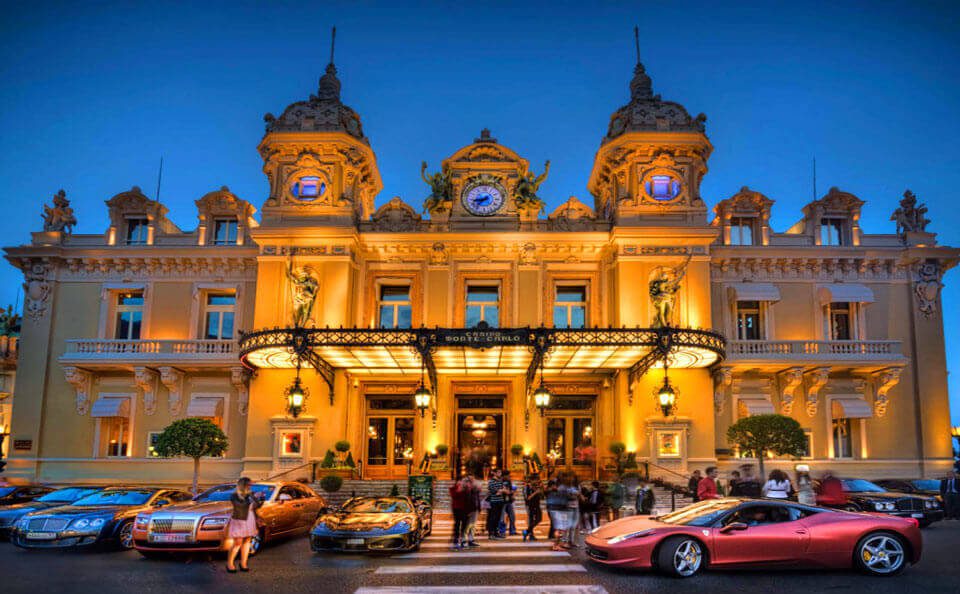
This is the oldest gambling establishment in Europe. You can play poker, roulette, or try the slot machines. The casino opened in 1863 and helped save the Grimaldi princely house from bankruptcy. Later, the casino’s premises were destroyed by fire. Only the areas where the lobby is now located survived. The casino was reopened in 1878 and was restored in 1999. The interiors are very beautiful, but photography is prohibited.
Only those over 18 years old are allowed in (children can enter with adults), and men must wear jackets. Casual resort clothing, like shorts, is not allowed. Access to slot machines is free, but to play roulette or poker, you need to pay 10 euros. There are also VIP zones where only very large sums are played. You can spend a lot of time here as there are restaurants, a club, and a dance floor in the building.
There is also an opera house. While photography is banned, filming is allowed, so the casino appears in several popular films. The games start at 2 PM, and in the morning, you can go on a tour. An interesting fact: Monaco citizens are prohibited from entering the casino; they can only play online.
Monte Carlo Opera House
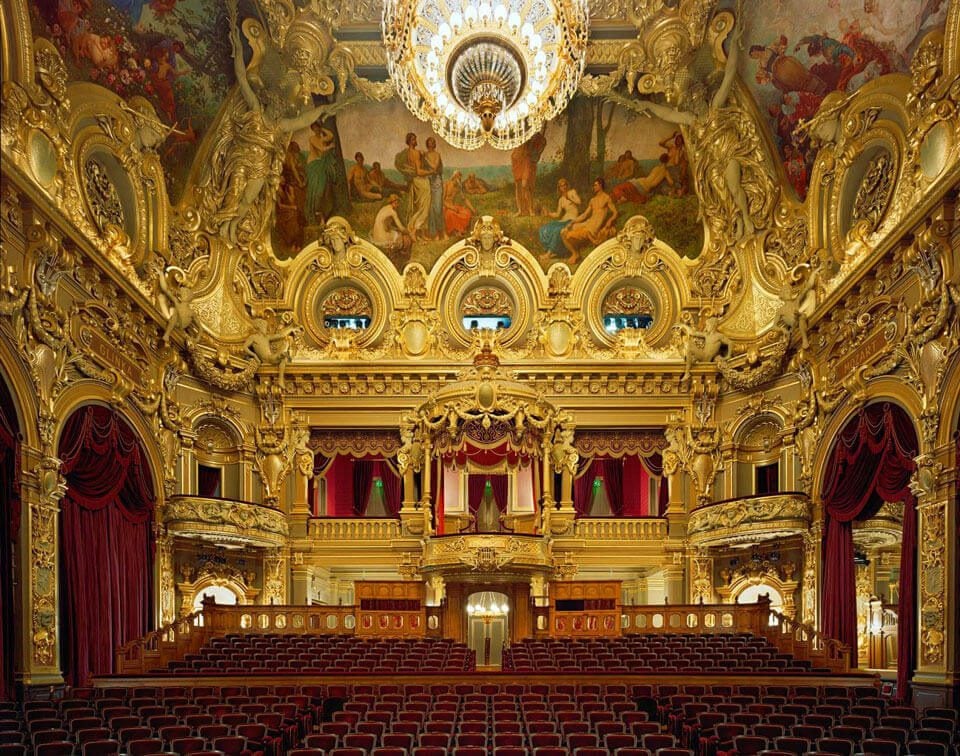
This theater is located in the same building as the casino. In the late 19th century, Monaco had almost no cultural entertainment. By the decision of Prince Charles III, a complex was built, including a gambling establishment and a concert hall. All spectators enter through a common entrance from the hall lined with red marble. Only the monarch has a separate entrance. The hall was opened in 1879 and named after the architect Charles Garnier. The first performance was the opera “Chevalier Gaston,” starring Sarah Bernhardt. The hall seats over 500 spectators.
It is luxuriously decorated, and its facade recalls the Paris Opera House. Initially, the hall was intended for various performances, but opera became the most popular. Therefore, in the late 19th century, the stage was redesigned specifically for opera. Since then, the theater has hosted about 100 premieres. The greatest artists of their time performed here, and the hall was always full.
Church of Saint Devota
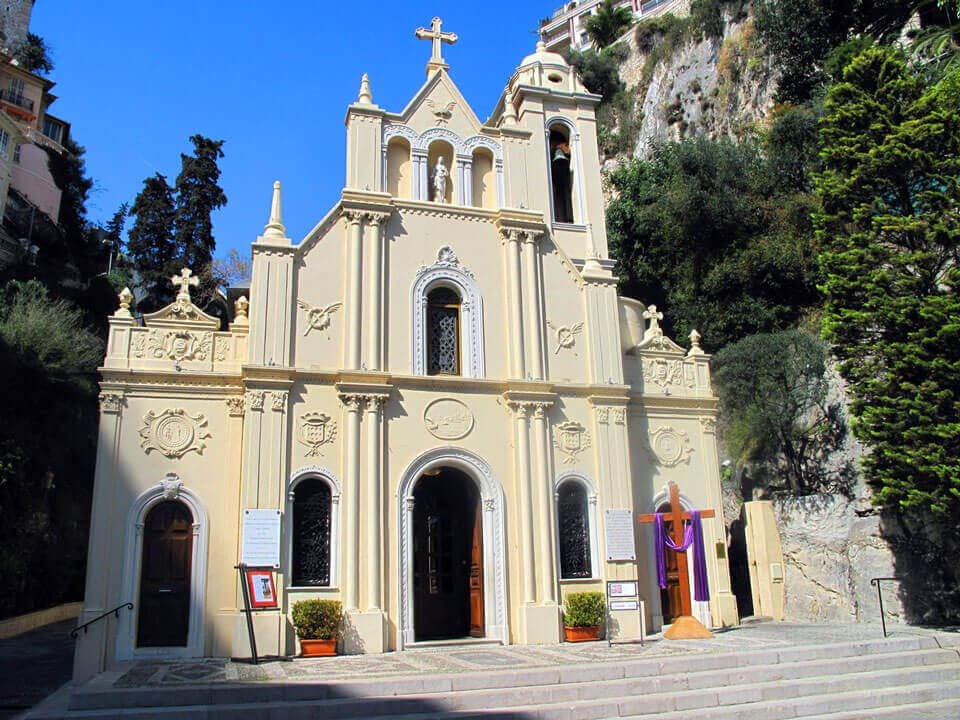
This place is mentioned as early as the 11th century when there was a simple chapel. It was later reconstructed. The work began in the 16th century with the first extensions, and by the 17th century, it had an oriel and a portico. In the 19th century, a 15-meter bell tower was built. The facade eventually acquired neo-Greek style features. The gates were decorated with a pattern of contrasting stones – white and black, and monograms appeared on the porch.
The chapel was expanded and received the status of a parish church. According to legend, Saint Devota was martyred during the persecution of the first Christians. Her friends and followers wanted to bury her body in Africa, but a storm drove the boat ashore in Monaco. Local fishermen buried Devota here. In the 11th century, a chapel was built in her honor.
The church houses paintings and sculptures of remarkable craftsmanship. It is believed that one of them was worked on by a student of Rodin. The relics of Devota are also kept here. Next to the church stands a statue of the saint made of marble and bronze. On January 27, the feast of Saint Devota is celebrated. At this time, flowers bloom in Monaco. Traditionally, people burn several boats.
Port Hercule
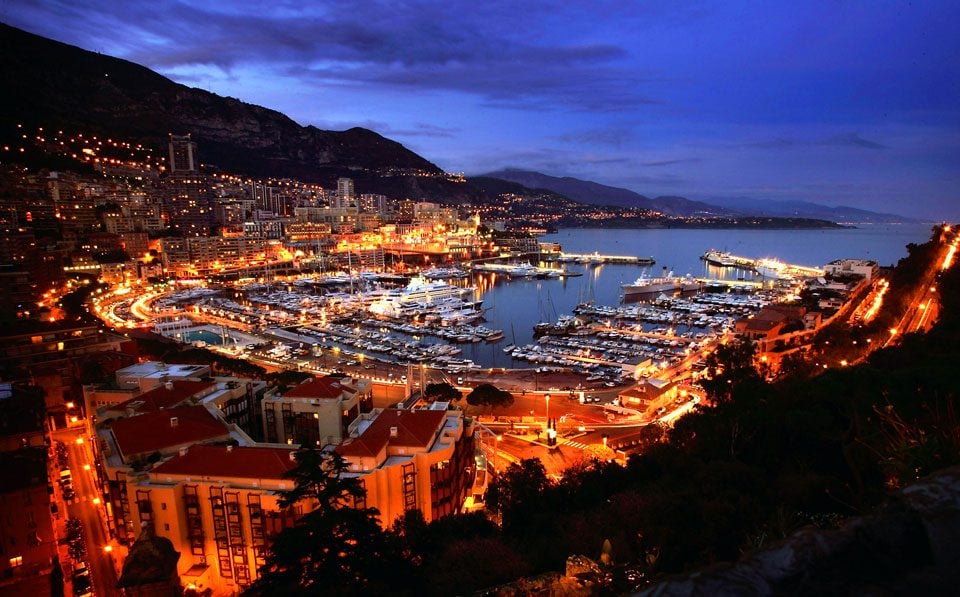
The port is a natural deep-water harbor. Ships of ancient Greeks and Romans once docked here. However, strong eastern winds often prevented ships from safely entering the harbor. Therefore, in the early 20th century, quays were built, and in the 1970s, after research, a breakwater and seawall were added. Now the port can accommodate any vessel, even huge cruise liners. There is also a special dock for yachts.
In total, the port can anchor up to 700 vessels. The depth near the quays does not exceed 7 meters, while at the end of the harbor, it reaches 40 meters. You can stroll around the port, admire the beautiful ships and yachts, and possibly meet movie stars and other celebrities. Many films have been shot here, including scenes from the James Bond series.
Fort Antoine
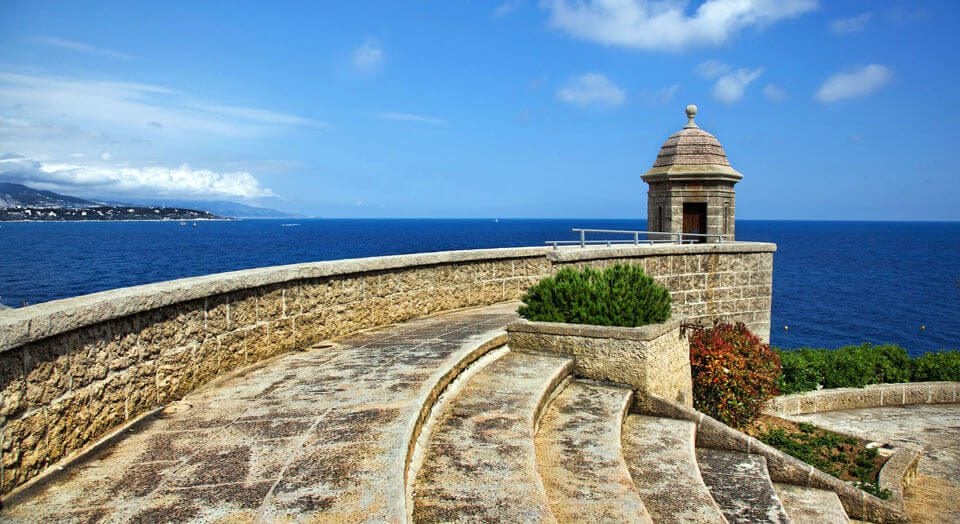
The fort was built in the 18th century and named after the prince who ordered its construction. Initially, it was a fortress with natural “fortification” provided by a nearby cliff. It had everything needed to withstand a siege: a watchtower, ramparts protecting against cannonballs, and even thorny plants to help defend against enemies. Only under Prince Rainier III was the fort rebuilt for peaceful purposes. Old cannons fire salutes, delighting tourists. The fort now houses an open-air theater.
The theater can accommodate 350 spectators. Various music shows and performances are held here. It’s pleasant not only to watch the shows but also to enjoy the sea view. In the evening, lighting creates a romantic atmosphere. It’s heartening that Monaco’s residents preserve their cultural heritage. The fort was destroyed during World War II but was later restored. Now, its beauty can be fully appreciated.
Oceanographic Museum
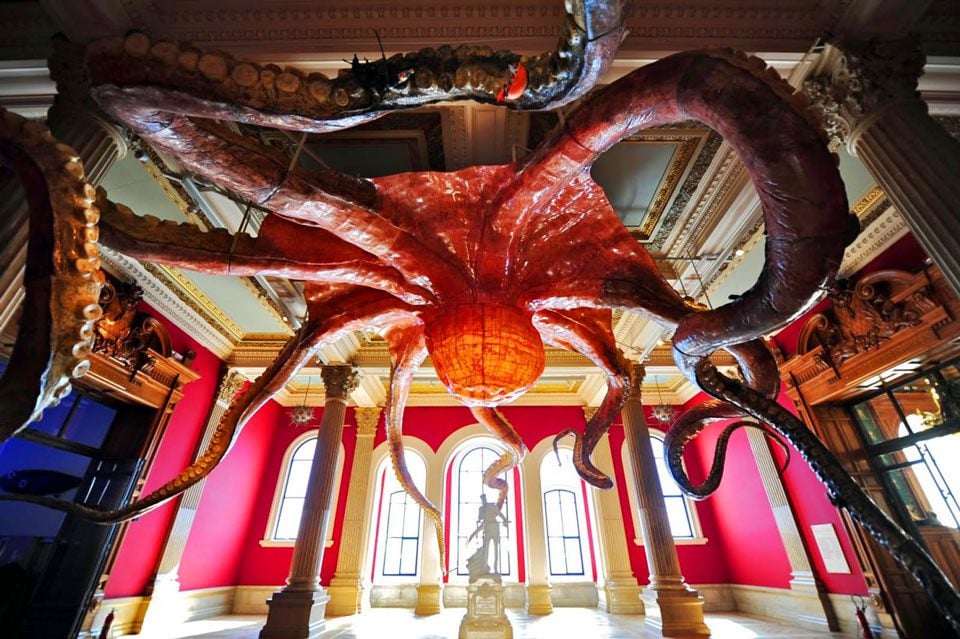
A very interesting museum and a true national pride. It was founded by Prince Albert I in the early 20th century. The prince studied oceans and participated in many scientific expeditions. Today, the museum’s collections number over 6,000 exhibits. The goal of this science temple is to help people understand and love the oceans. Here you can see aquariums with inhabitants of tropical waters and the Mediterranean Sea.
There are sharks and piranhas, corals and seahorses, octopuses, moray eels, jellyfish – the list goes on. Visitors will see both harmless and deadly fish. There is a special “touch pool” where you can feed the inhabitants. Inside the museum, you can visit the Whale and Albert I halls, as well as the “Oceanomania” cabinet of curiosities.
Here, the most interesting exhibits are displayed, from marine fossils to rare books about the oceans. Since the prince dreamed of merging science and art, the museum periodically hosts exhibitions of famous artists’ paintings. The museum is open daily with no days off. There’s a restaurant on the roof where you can sit and enjoy views of the Mediterranean Sea.
Saint Martin Gardens
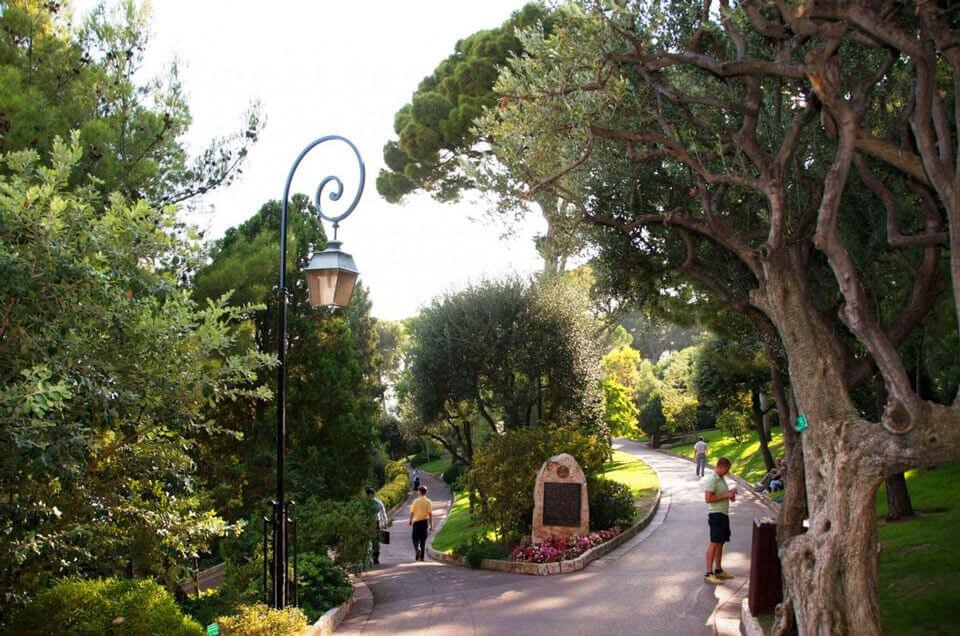
Beautiful gardens where you can not only see rare plants but also enjoy a bird’s-eye view of the city. The Saint Martin Gardens are adjacent to the Oceanographic Museum. They opened in 1830 and immediately became very popular. Both guests of the principality and locals visit here. Thanks to the numerous green spaces, it’s cool even in the heat. You can find the most amazing plants here, such as cacti over 100 years old. You can also see sculptures, including a monument to Albert I. From these gardens, you can enter the Observatory Cave and admire stalactites and stalagmites.
Cathedral of Saint Nicholas
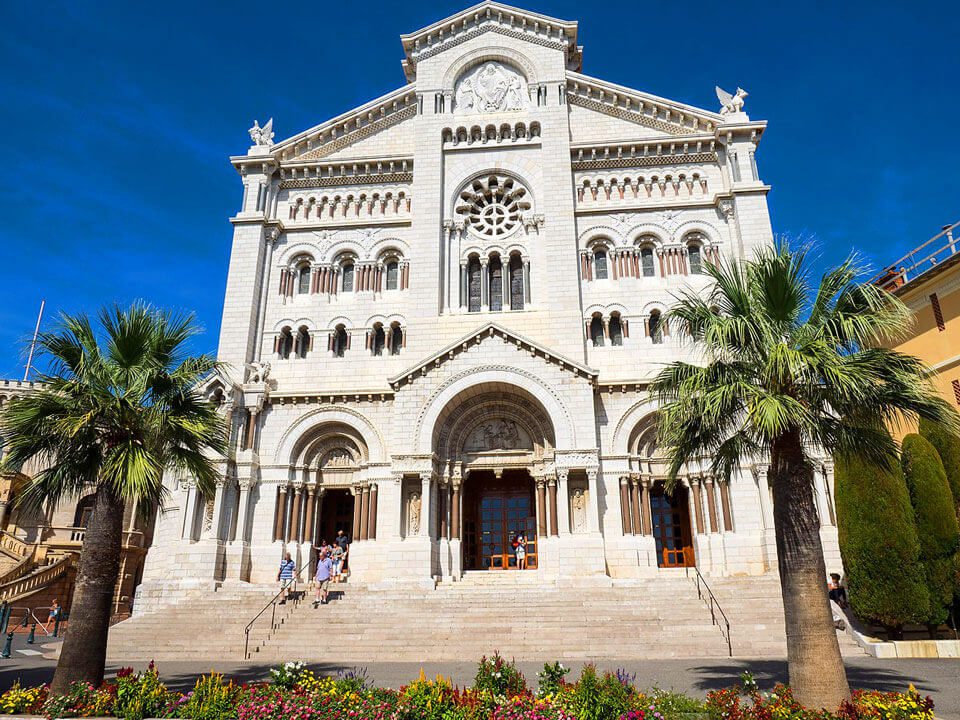
The cathedral is a true gem of Monaco and the main church for the principality’s Catholics. Once, there was an ancient church on this site, which was destroyed in the 13th century. At the end of the 19th century, the Cathedral of Saint Nicholas was built here. An interesting fact – it was built from special limestone that turns white when exposed to moisture. Therefore, if you visit here in the rain, you’ll see the cathedral’s walls turn snow-white.
Locals believe that God’s grace, like rain, washes away sins from the soul, purifying it. Therefore, on rainy days, the church is especially filled with worshippers. The cathedral’s four bells have their names – Immaculate Virgin Mary, Nicole, Devota, and Benedict. Built in the Neo-Romanesque style, you can see features of Gothic, Art Nouveau, and Renaissance.
Biblical scenes are depicted on stone slabs. It is in this cathedral that the monarch and his family come to pray – there are special boxes for them. If you visit the church, you can admire beautiful mosaics, stained glass windows, ancient altars, and paintings by great artists. Members of the Grimaldi dynasty, Princess Grace Kelly, and others are buried here. There is also a beautiful organ.
Port of Fontvieille
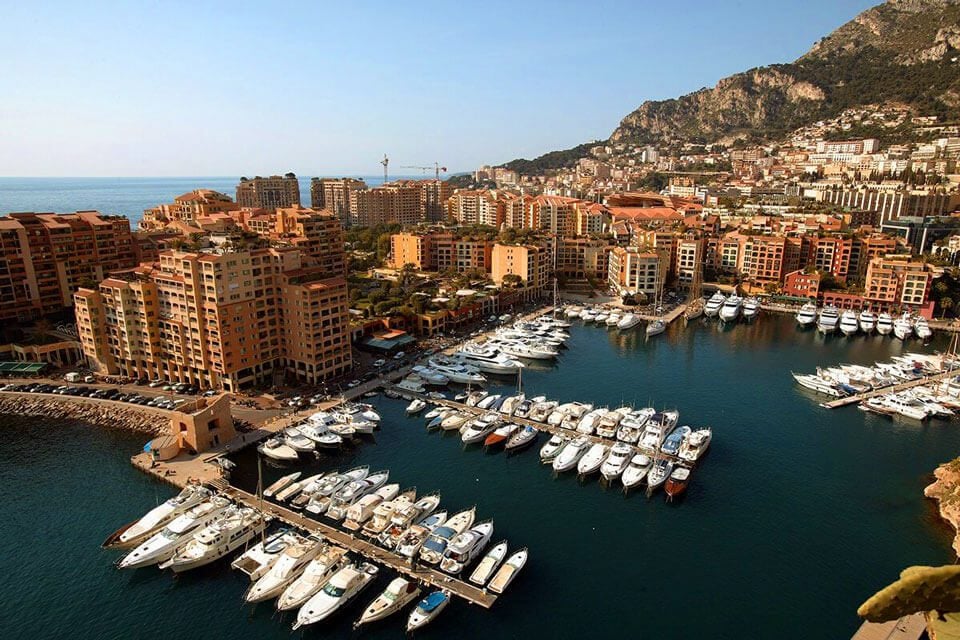
A district of Monaco where you can spend an entire day. The climate is wonderful, and the area is full of greenery. You’ll see palm trees, pines, oaks, and many fruit trees, including citrus. And, of course, there are many birds. There are also many attractions in this area. You should visit the Museum of Antique Automobiles of Prince Rainier III, which has about a hundred exhibits.
The Maritime Museum houses miniature models of the most famous ships, crafted with great skill, making the collection very interesting to explore. There is also a large stadium that can accommodate up to 16,000 spectators, hosting international competitions. Tourists will enjoy a helicopter ride from the helipad, offering a 10-minute flight to see the city from above. Another local attraction is the landscape park with the Grace Kelly Rose Garden.
Prince’s Palace
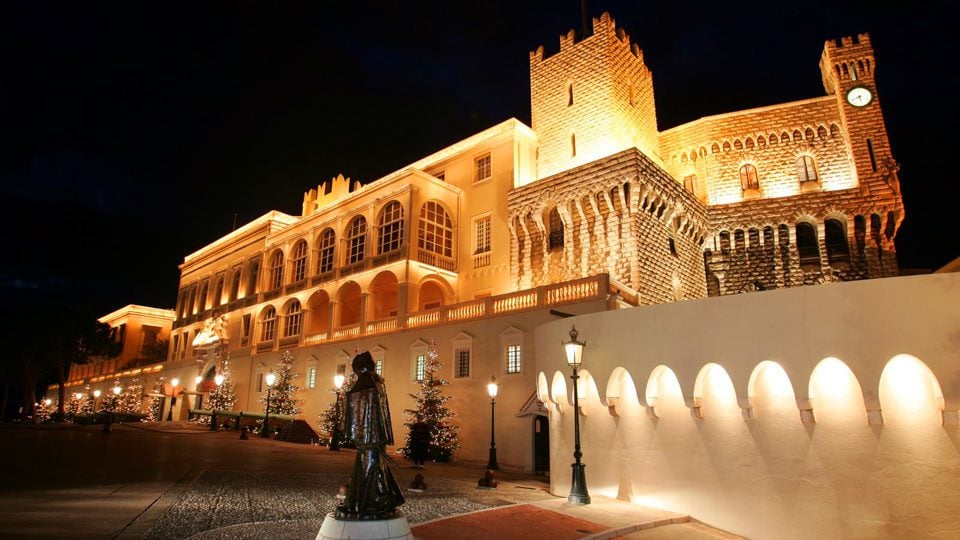
The Grimaldi family has lived here for seven centuries. The palace stands atop a cliff. It once resembled a fortress but now looks truly luxurious. During the French Revolution, the palace was looted, its treasures lost, and it housed a hospital. After painstaking work, its appearance was restored. When the monarch is in the palace, the princely flag is raised above the residence. In summer, tourists can visit inside and see the state rooms.
You can see frescoes depicting mythological characters, the chapel of John the Baptist dating back to the 17th century, and possibly attend a music concert, which has been held here regularly since the mid-20th century. The palace houses interesting collections, including personal belongings and clothing of Napoleon. If you come to the palace at noon, you can see the changing of the guard.
Zoological Garden
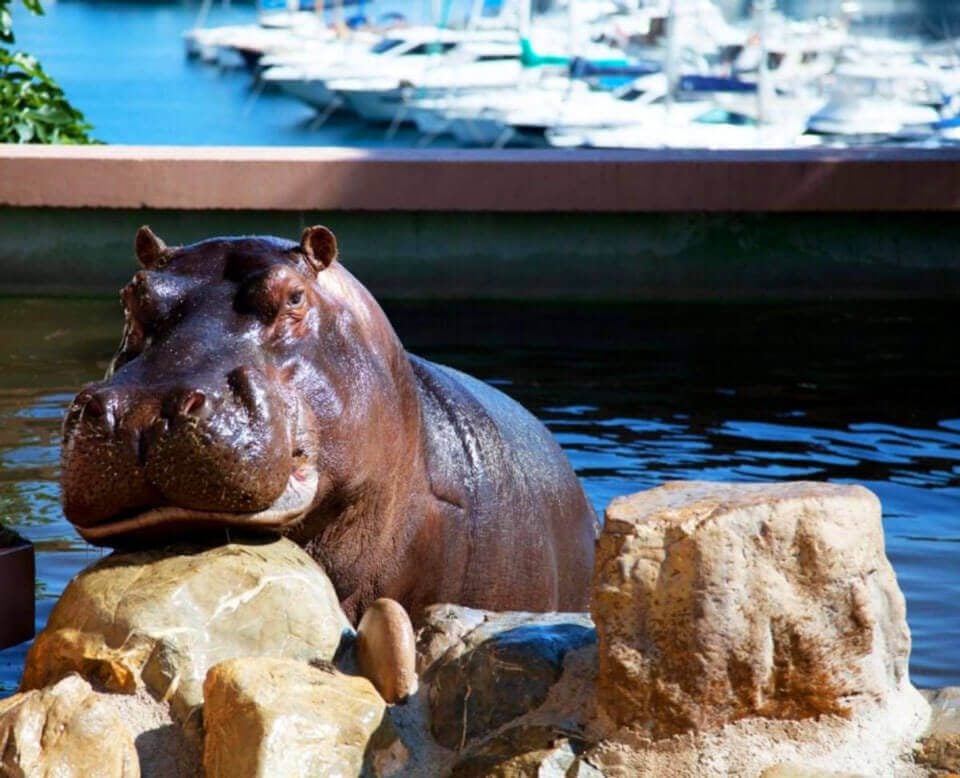
The zoo was founded in 1954 by Prince Rainier. Today, it houses about 250 animals, including birds, reptiles, primates, and even hippos. You can also see farm animals here. Interestingly, all the zoo’s inhabitants were donated. Sometimes it becomes too crowded, and rare specimens needing special care are transferred to other zoos. Thus, you have the opportunity to enter the wild world in the center of an urbanized state. Facilities for people with disabilities are also available.
Stamp and Coin Museum
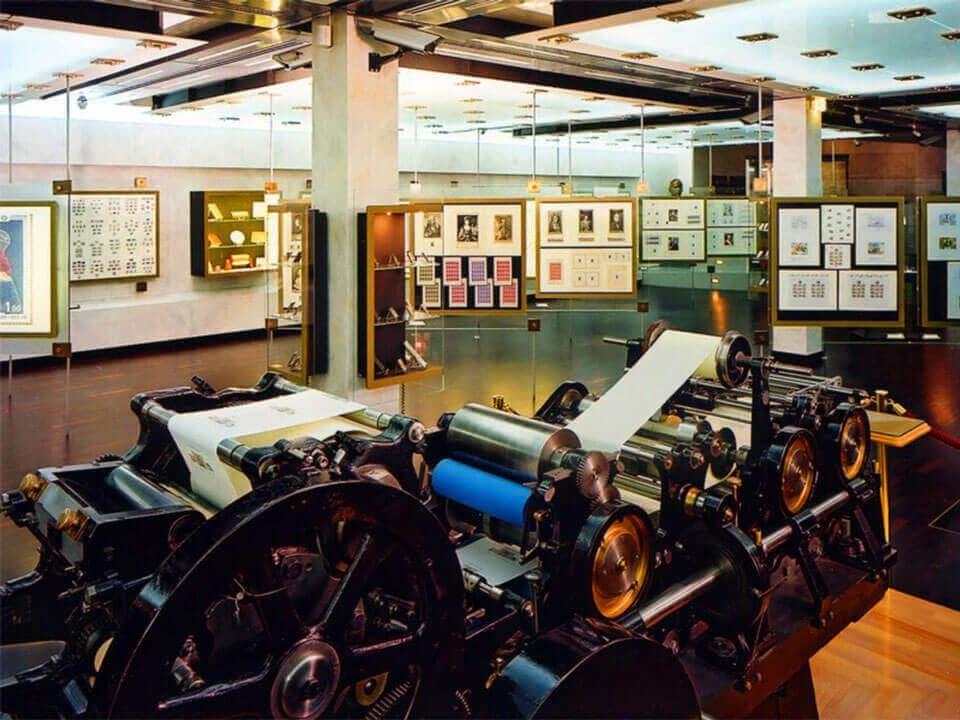
In this museum, you can see historical stamps and coins of the principality and buy souvenirs. Major exhibitions regularly occur here, attracting philatelists from around the world. The Stamp and Coin Museum was established in 1995 and opened to visitors in 1996. It is located in the Fontvieille area. Monaco’s first stamps appeared in 1885, while the first coins date back to 1640. A few years later, King Louis XIV of France allowed Monaco’s coins to circulate freely in his country. Today, “Euro Monaco” is in circulation. In the museum shop, you can buy stamps, coins, and various philatelic and numismatic books. The museum is open daily, and admission costs 3 euros.
Museum of Antique Automobiles
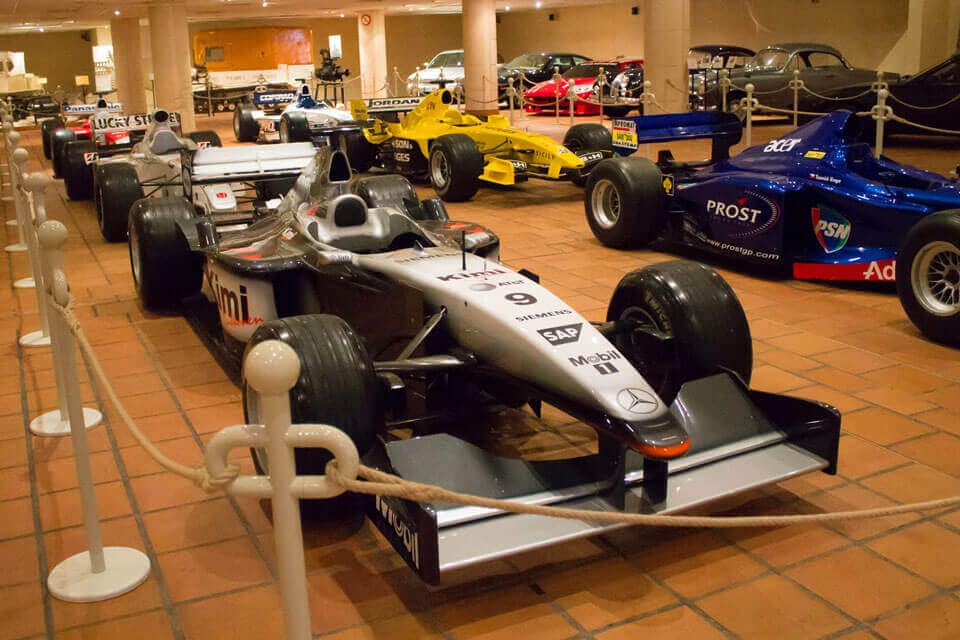
The creation of this museum has an interesting history. Prince Rainier III collected so many antique cars on his estate that there was no more room for them. In 1993, he decided to establish a new museum. His son, Prince Albert II, sold some of his cars and used the proceeds to buy even rarer items. Today, the museum houses unique classic and sports models. For example, visitors can see the Lexus that carried newlyweds Prince Albert II and his wife Charlene.
There is also a remarkable collection of Rolls-Royce cars. Some cars were donated to the museum by Monaco residents, indicated by special plaques. You can even see the carriage of Charles III, dating back to the 19th century. Charles was the one who built the famous casino on the principality’s lands. The oldest car is over 100 years old, and special straps hold its wings.
Princess Grace Rose Garden
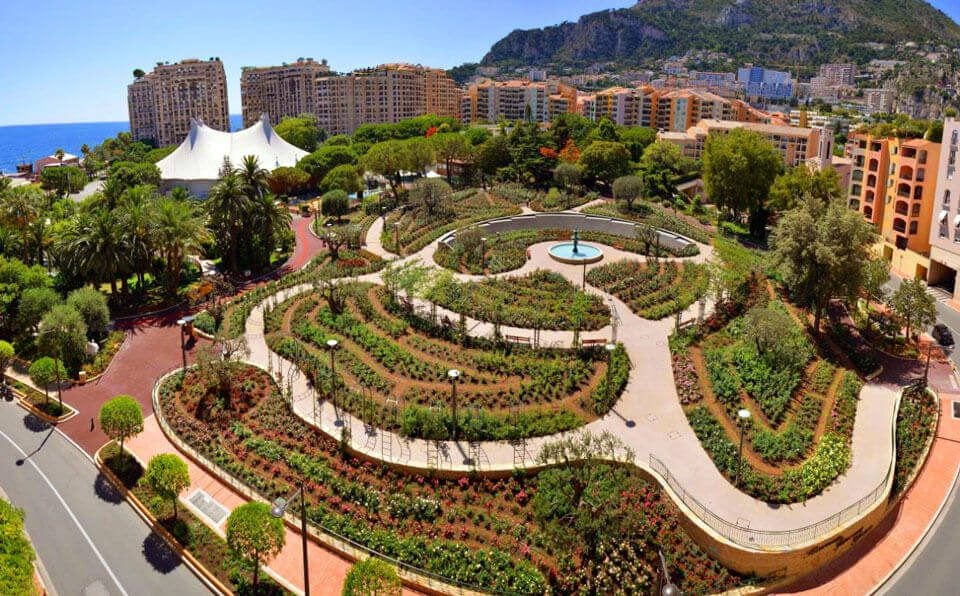
The Rose Garden was created by Prince Rainier III in 1984 in memory of Princess Grace. Today, it contains about 5,000 bushes and 150 types of roses. Of course, it is always full of butterflies attracted by the fragrance. Prince Rainier met Grace in 1955, posing with her in the Grimaldi Palace garden for “Paris Match” magazine. Grace received a namesake rose as a wedding gift: a delicate, double-flowered rose in pink hues. Now, a statue of Princess Grace stands in the rose garden, which is shaped like a flower with nine petals. Besides roses, olive and yew trees grow here, serving as a backdrop for the beautiful flowers.
Louis II Stadium
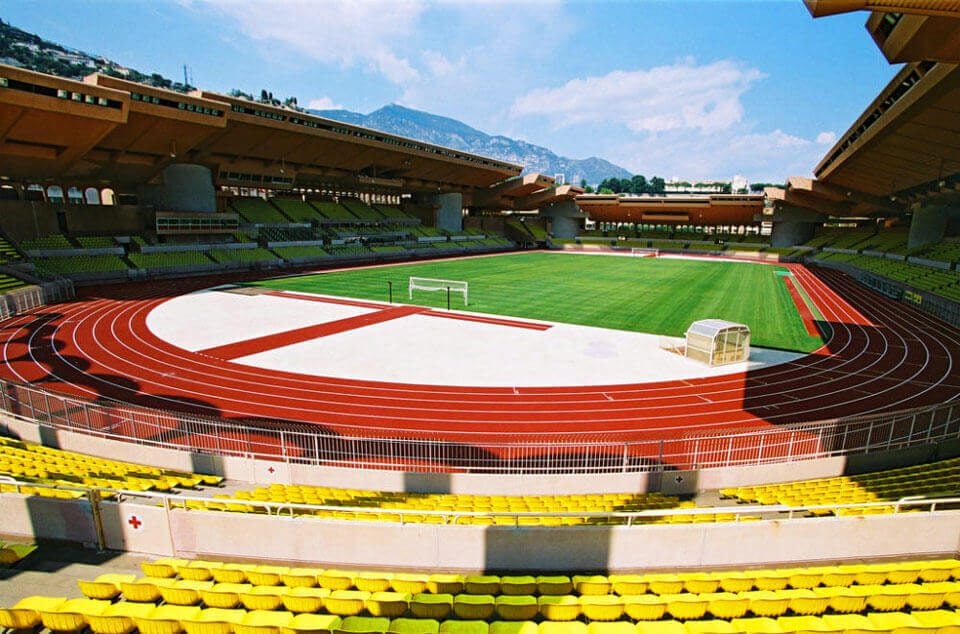
Opened in 1985 on the same site as the old stadium of the same name, it was named after the Prince of Monaco who ruled when the sports facility was built. The stadium has a wonderful football field, and it has hosted the UEFA Super Cup many times. A few years ago, it also hosted the Olympic Rugby Qualification Tournament.
Exotic Garden
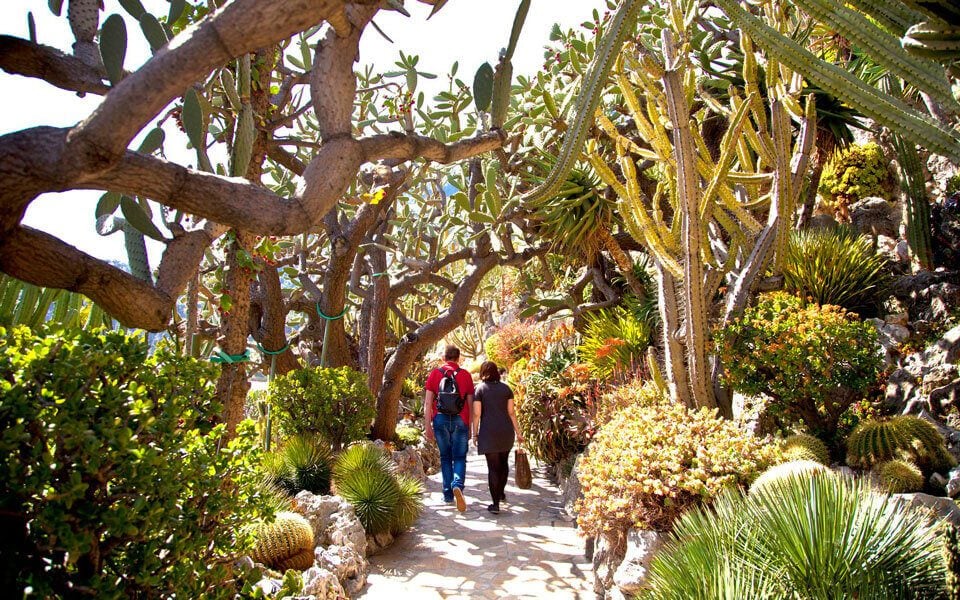
The Exotic Garden resembles surrealist paintings and covers 15,000 m². The pride of the garden is its cacti and other succulents. With many species of these plants, you can visit any time of the year and find some cacti in bloom. There are also many unusual trees. The garden welcomed its first guests in 1933, so many specimens are quite old. Previously, there was a small astronomical observatory here. Today it’s gone, but visitors can explore unusual caves adorned with picturesque formations. Ancient people once used these caves, and animal remains from hunts can be found here.
Princess Antoinette Park
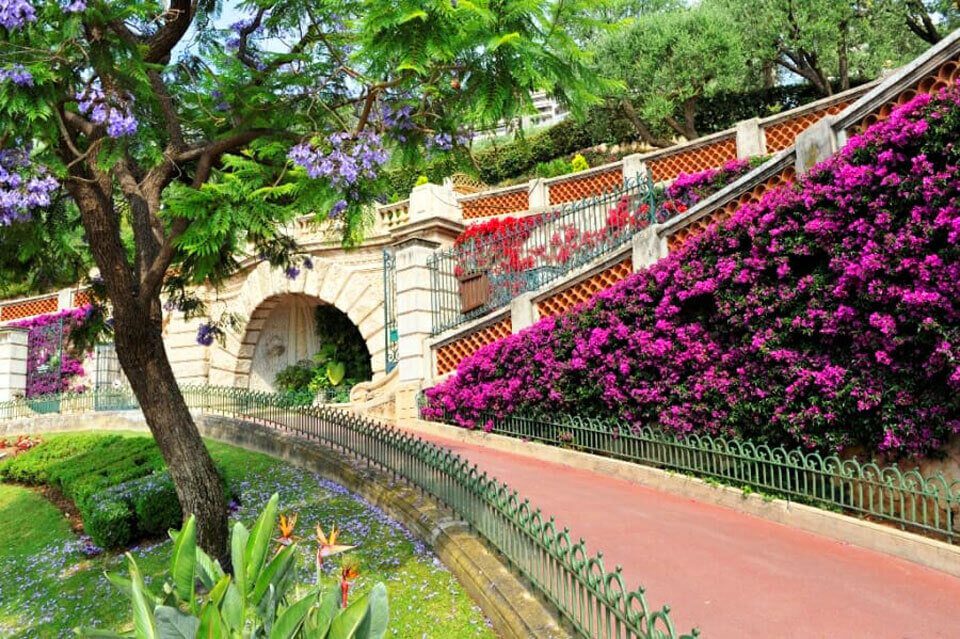
This park is a must-visit if you come to Monaco with children. Beautiful olive trees, numerous flowers, and a comfortable atmosphere even on hot days characterize it. Walking along the paths, you’ll see sports fields, sandpits, swings, and a golf course. For children, there is a mini-farm where they can try gardening. Kids will learn about the fruits and vegetables grown in Monaco and how olive oil is made. If you want to celebrate a family event, such as a birthday, there is a café in the park with a hall accommodating nearly 20 people.
Although Monaco is a small principality, you can’t see all its attractions in one day. However, you will have time to get acquainted with the most significant ones.

